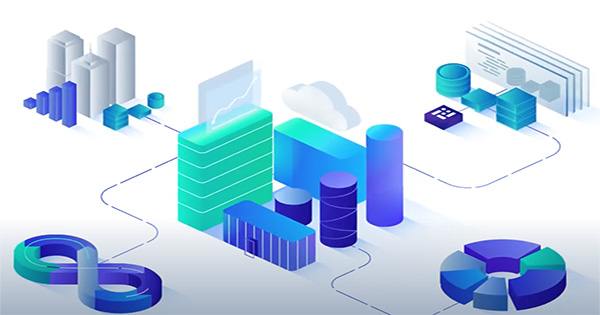In recent years, infrastructure as code (IaC) has gained traction among DevOps teams, but the complexities of data center design and management continue to pose challenges — as well as possibilities. To learn more, we polled top investors in IaC startups. Given all of the manual work still done by DevOps teams across enterprises of all sizes, they see a lot of possibility for development. However, implementing and managing IaC within enterprises requires highly skilled engineers, and there is a scarcity of software infrastructure engineers with IaC expertise. This could help IaC startups that are attempting to provide clients with entire solutions.
At the same time, some large corporations will continue to run data centers in-house and, as a result, will develop automation in-house rather than partnering with outside firms.
We spoke with the following people:
- Tola Capital’s managing director, Sheila Gulati
- Madrona Venture Group managing director S. Somasegar
- New Enterprise Associates partner Aaron Jacobson
- Tribe Capital partner Sri Pangulur
- Insight Partners managing director Teddie Wardi
- Menlo Ventures partner Tim Tully
The modern cloud has completely changed the way we think about infrastructure. We now live in a world of multicloud and many-cloud paradigms, which are reinventing the current cloud era. IaC can utilize for any cloud workload or architecture, but it is a requirement for anyone building on the modern cloud. This is especially true for modern cloud architectures like serverless apps, Kubernetes-based containerized applications, AI/ML, and so on. Modern cloud architectures offer numerous advantages, including more innovation, shorter time to market, increased reliability, and lower costs. However, maintaining cloud infrastructure has become more difficult a result of this. Every year, the number of cloud services available expands, and current architectures made up of a slew of loosely linked, interdependent services and APIs. As a result, the number of cloud resources that people need to manage is rapidly increasing. IaC is the only way to deal with this level of complexity.
A new generation of IaC platforms is emerging today, built from the ground up to suit the demands of the modern cloud. Pulumi and its cloud-engineering platform, for example, are assisting infrastructure teams and developers in taming cloud complexity by allowing them to write code in the languages they know and love while also allowing them to build, deploy, and manage cloud infrastructure using software engineering practices. Current IaC platforms, unlike historical IaC solutions that use domain specific languages, provide practitioners complete access to programming languages, making it easier to handle the complex interdependencies of modern cloud systems.
They enable developers to use existing software development tools, such as integrated development environments (IDEs), package managers, and test frameworks, to build faster and reuse best practices while testing more frequently.













